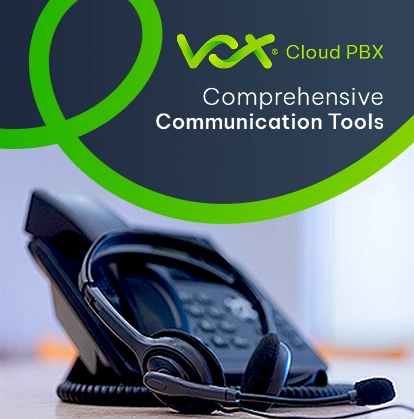The problem with a world filled to the brim with evolving technology is that practically everything seems outdated. A while ago, just having Home Internet was a hard sell. Today? Users fight for the Wi-Fi and ISPs compete with line speed. Nokia, once the great innovator of our time, are now the Manchester United of the tech world (sorry, Mancs), and Blackberry has regained its front of mind status as a fruit rather than a defunct manufacturer.
Point is, tech evolves, innovations improve, and yesterday’s solutions can sometimes prove themselves redundant – but what happens when a valuable product gets caught in the mix? There’s a reason “old is gold” still holds some weight – and today we’re making a case for Failovers. Yup, they’re still relevant, yup, they’re still a potential asset, and yup, dismissing them could still leave your business vulnerable to rather unnecessary risks.
Today, we unpack the concept and explore why this (seemingly) old-school solution can in fact continue to play a vital role in your IT Strategy.
First off, let’s define it – what’s a Failover?
We’ll be honest – it’s not exactly a new term, or the pinnacle of innovation. Failovers, defined as the automatic process of switching to a standby system/server/network when your main connection fails, have been here a while. Think of it as the safety net of the tech world – they allow you to stay connected and seamlessly continue working, browsing, and moving in the event of an unexpected disruption.
Make no mistake; this isn’t just a tech solution. It’s about continuity, peace of mind, progress and the ability to keep going. In a country where an unexpected interruption is seemingly always minutes away, why wouldn’t you need a backup to tide you through those unwanted down periods?
What’s the issue, then?
Recent times have seen a marked increase in the shift to Cloud Solutions or Distributed Systems. As such, many believe that Failovers are now obsolete. Most backup systems come with built-in redundancies included, making yesterday’s protocols wholly unnecessary (at surface level).
The dangers of this mindset, however, are threefold:
- Assuming your “built-in” redundancy will cover ALL your problems is like assuming your body-corp insurance will fix your geyser – it won’t, and there are always blind spots.
- You can’t, in fact, copy-paste a failover solution – some are unpredictable, and not all “solutions” are wholly foolproof
- You just need one – just one – breach or failure to tank your organisational reputation – so why would you want to take the chance?
Why are Failovers still relevant, then?
- They cover the unpredictable: failovers are designed and tested to mitigate all risks – even the ones which built-in redundancies sometimes overlook.
- Having a good solution allows you to meet all compliance and SLA requirements – especially for disaster recovery scenarios.
- By ensuring immediate, seamless recovery, you can vastly improve your user experience with minimal downtime and impact on business.
- Multi-Cloud solutions, while effective, can prove costly – whereas a well-planned alternative strategy can in fact save you in the long run.
Let’s bust some myths:
- A failover is too much of a headache – I want simple:
The tech has advanced, and the level of automation involved in modern systems mean they’re relatively easy to manage.
- This is unnecessary:
We live in South Africa. The next big outage, downtime, or cable theft is just a sneeze away – if you’re in the business of running your business, you need a backup which can allow your business to run in the event of an emergency.
- My business isn’t big enough – go pitch to Vodacom.
All businesses of all sizes can benefit from this tech – especially as lower end, more affordable solutions have made it vastly more accessible.
Let’s Wrap it Up:
The failover technology is not just yesterday’s news, but today’s solution and an integral part of long-term business success. By integrating this (admittedly) old yet (admittedly) gold technology into your IT Strategy, you can circumvent potential disruptions as if they didn’t even happen.
Besides, when it comes to Backup or Back Out – why choose the second option? Invest in a system to ensure that even if a system fails, your business won’t.














